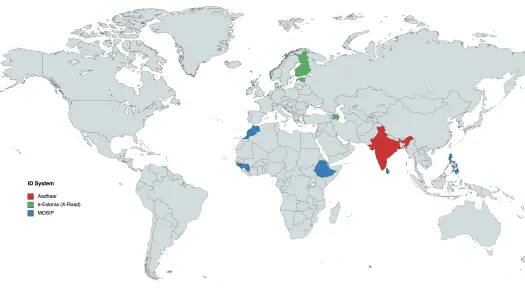
A Guide to Litigating Identity Systems: Biometrics
The following section of this guide provides details on these arguments surrounding biometric information which is often an important component of most identity systems.

Identity systems frequently rely on the collection and storage of biometric data during system registration, to be compared with biometric data collected at the point of a given transaction requiring identity system verification.
While courts have arguably overstated the effectiveness and necessity of biometric data for identity verification in the past, the frequency of biometric authentication failure is frequently overlooked. These failures have the potential to have profoundly negative impacts on individuals enrolled in identity systems, and failures are particularly pronounced in the most vulnerable populations included in identity systems. In addition to the dangers of biometric authentication failure, biometric information uniquely implicates human rights concerns because of its physical nature and the expectation that it will be stored and used over the course of an individual’s lifetime.
The following section of this guide provides details on these arguments surrounding biometric information (which includes iris and fingerprint information), an important component of most identity systems, challenging assumptions of biometric authentication’s effectiveness and necessity.
Advocates and human rights defenders should use these arguments to challenge assumptions about the effectiveness and necessity of biometric data, explain the unique implications of biometric information on rights, and frame future arguments developed throughout this guide applied to identity systems.



